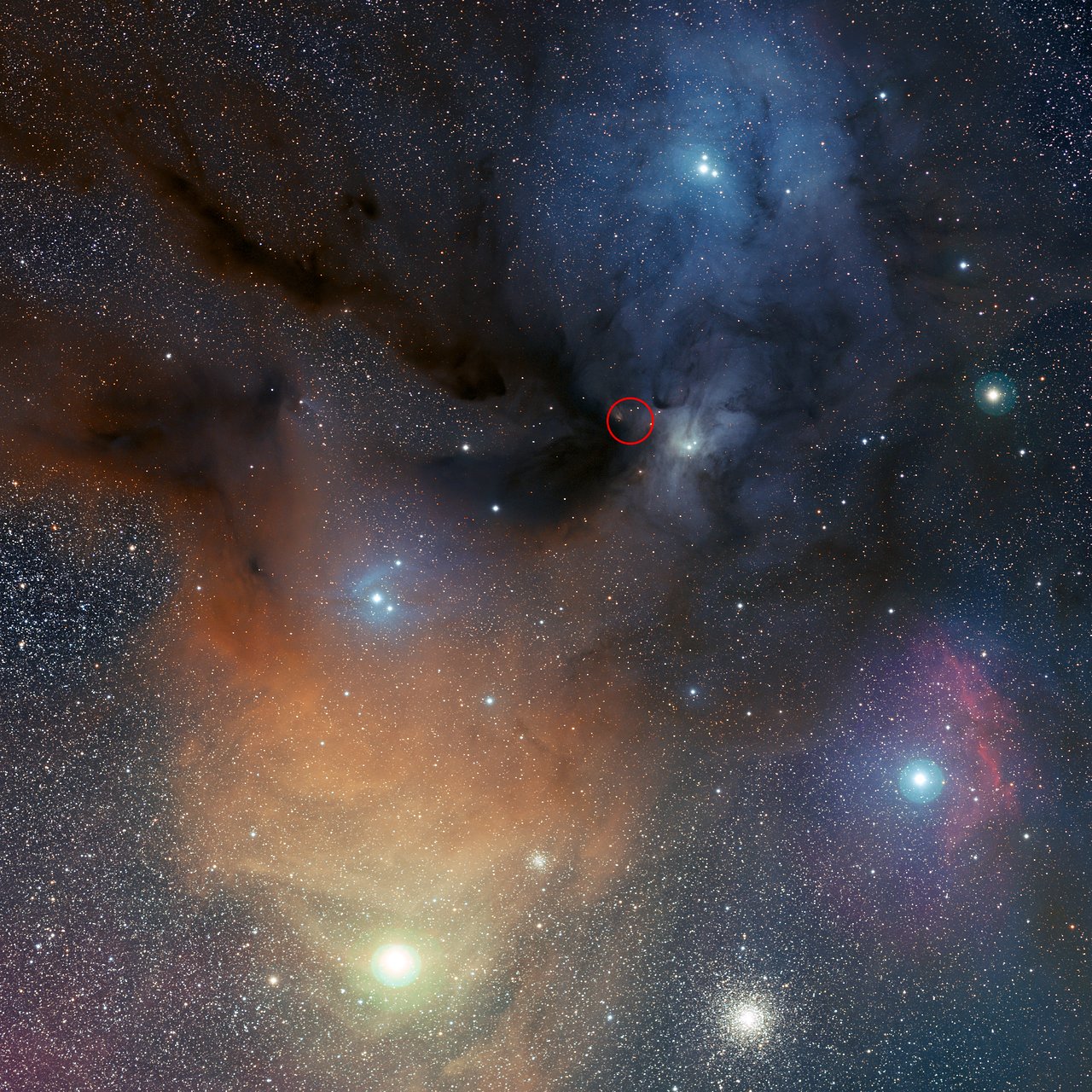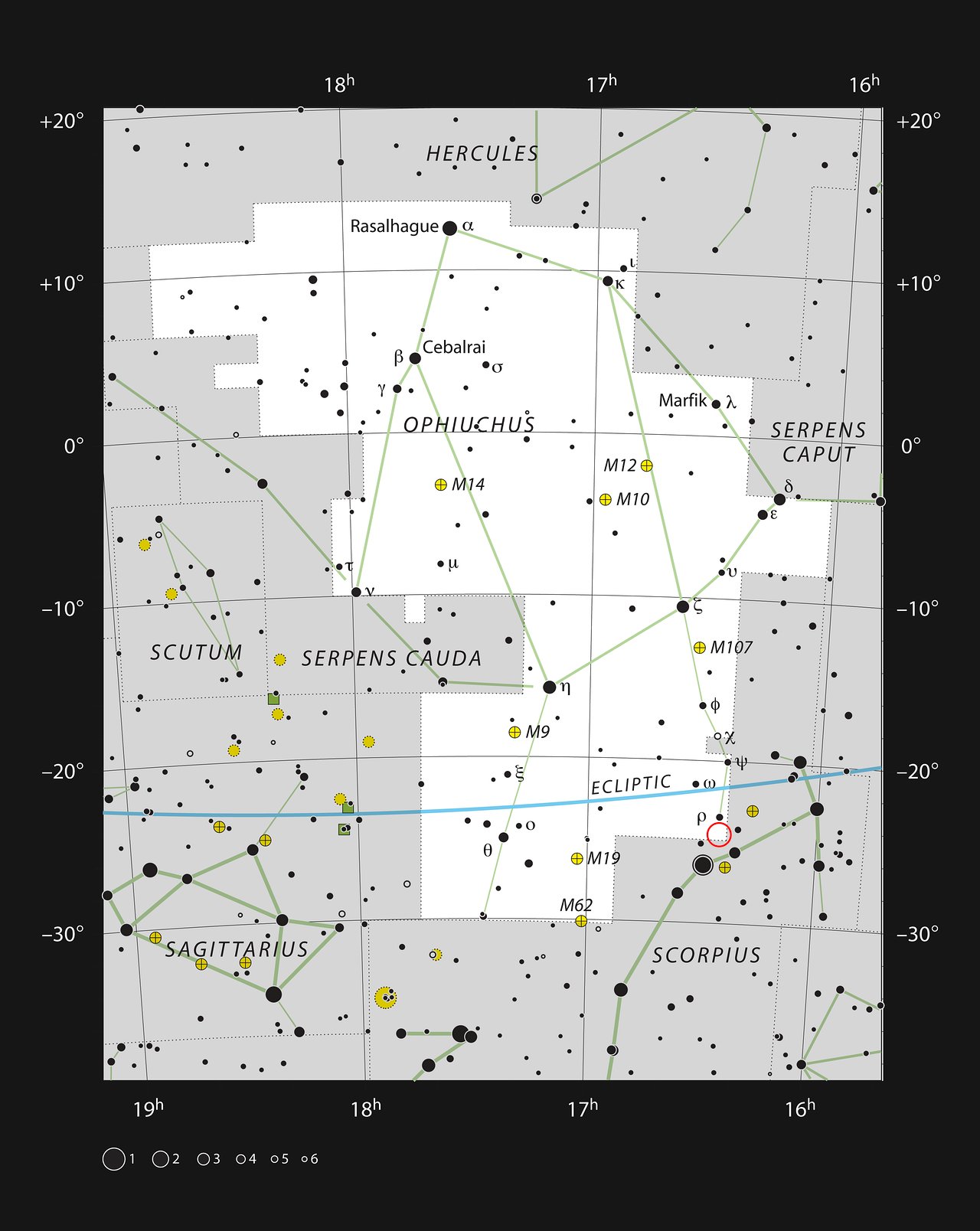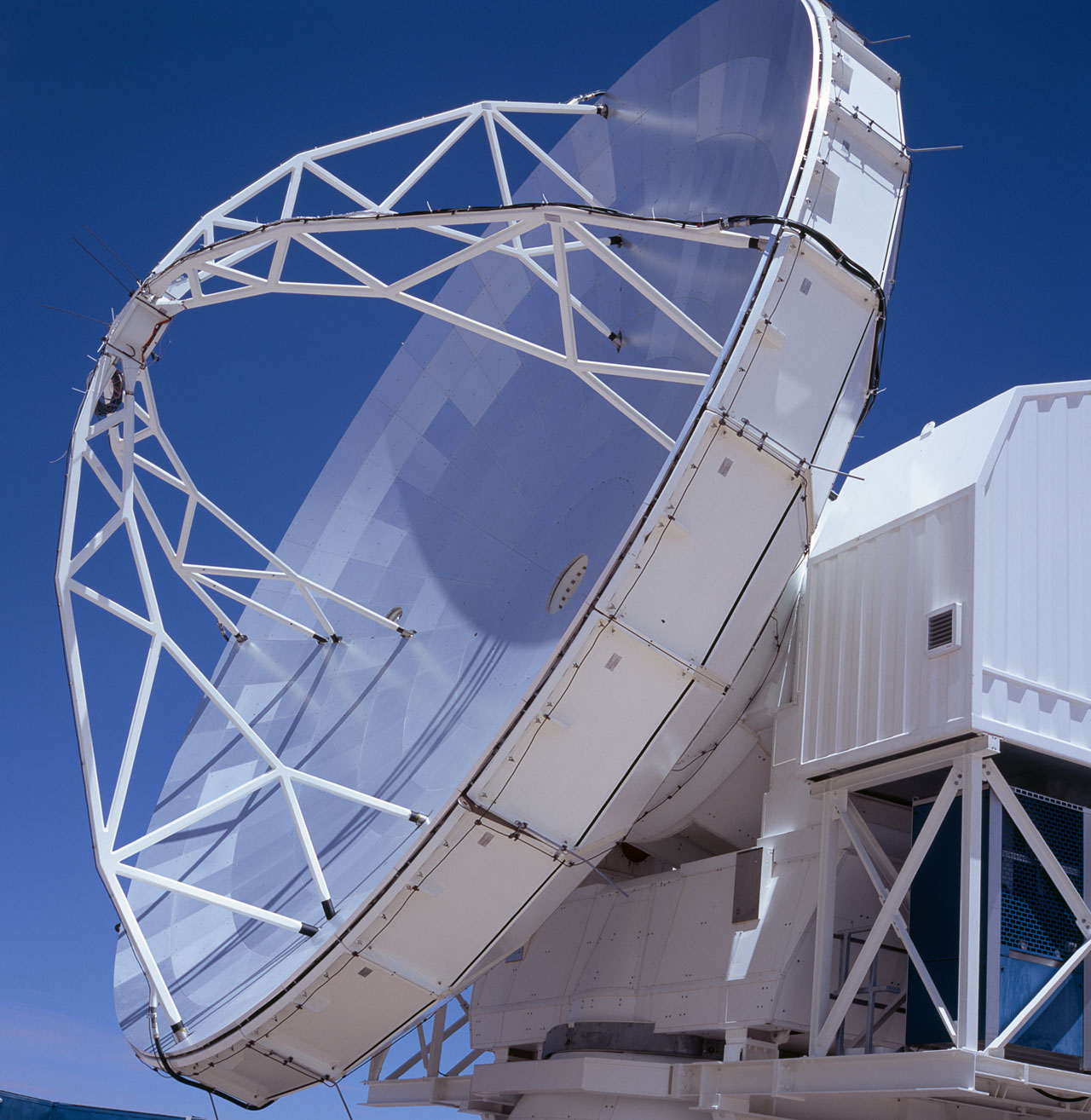
Comet Garradd C/2009 P1 is making nice progress towards its perihelion (closest approach to the sun) on Dec 23rd. Its a lovely comet and should brighten further of the coming months and has the best chance of becoming our next "naked eye" comet. I hope to have some better images soon.
It had a nice little double tail going about a week ago, but that seems to have swung away from us a little. My attempt to get a nice full color version was foiled by cloud knocking out the blue channel on the 24th, so I added some shorter luminance into the Blue channel. [Below]
This image, is 600sec Red, 600 secs Green and 360 secs Lum ....with comets you kind of need to get it all in one night to match it up with the background stars. I am playing with a new technique to process the stars and the comet seperately in two different layers and this can be quite tricky....and when you are missing the blue channel - I'll reset and try again another night.

However for now the image is stacked for movement of the comet against the background stars, which appear in each color channel. Comet Garradd is currently around magnitude 8.5 (according to other observers, as I haven't done any photometery on it).
UPDATE:29th July.
I finally got back to try and grab the blue channel that I missed the other night.
You actually have to start again, as the stars of course, will be in a different place. The Weather foiled me again so I jumped on board our Scope in Nerpio Spain, G17, and grabbed another color run. Here I have 40 Mins of RGB stacked for movement of the comet. G17 also has a tighter FOV so the Coma is larger here.

Image: Comet Garradd from Nerpio, Spain. 29th July 2011. (c)P.Lake
Now, thats where the fun really starts. Once you have good color you have to then create a superb image by seperating out the background stars from the Comet itself. So you do two stacks 1) a color combine in Maxim DL stacked for the coma of the comet and 2) another color combine stack of the same frames but stacked to the stars (with the comet trailed.

Then you use Photoshop>Filter>Noise>Dust and scratches (increase the Pixels to suit) and remove the trailed stars from the Comet Stack, Then use Photoshop>Select>color range to pick out (only) the Stars (and the Comet Coma) and copy to another layer, erase the Coma then add the two separate layers back together. I put the Stars on top (as they are the only thing in that layer, the comet next in its starless sky and then add a solid black background underneath and back the the opacity of the comet layer off by about 5-8% just to soften it up a little, and assist the layers to blend.
If you have done well you should have a stunning comet, and individual star colors that give real depth to the photo.
Its an amazing result, you can then treat each layer with curves and levels to make sure you have it just right.
Enjoy!
You can take your own photo here.


















